Postscript: Remaking East Asia
In April 2004, I invited Roy Lee to meet with the audience after a screening of The Ring (2002) at the University of Illinois. I had my own selfish reasons for the arrangement. Wrapping up this book about the non-Hollywood, I felt the urgent need for a glimpse into the ways Hollywood interacts with its other. My studies in this book are mainly from the perspective of the other side, which I believe is necessary for a non-Eurocentric understanding of transnational visuality. References from this side, however, can only further our understanding of the mechanisms of transnationalism. Overemphasis on multidirectional, instead of unidirectional, flows of cultural production can be misleading. If all cultural productions were interconnected, deterritorialized, and freely exchanged, then Hollywood would have been dispersed and would have lost its special interests deeply rooted in American hegemony. The biggest irony is that the more transnational national cinemas become, the more dominant Hollywood is. Only through a balanced inquiry of both the cultural interconnectedness and the continuously uneven development of world cinema can we understand how transnationalism has shaped an increasingly bipolarized world.
Roy Lee was the most appropriate source for my inquiry. Surprisingly humble and pleasant, Roy Lee nevertheless exuded a calm and confidence that befitted his status as a rising star among Hollywood power brokers. A second-generation Korean American, Lee can easily relate his success to transnationalism: getting a good American education, going to law school, becoming a professional with a respectable, stable income, and utilizing his East Asian background when opportunities strike. He discovered and then introduced the Japanese film Ringu (1998) to DreamWorks, which agreed to buy the remake rights from Ringus director, Nakata Hideo, for $1.2 million. Directed by Gore Verbinski, the remake cost DreamWorks another $40 million, a hefty amount for any East Asian film but a meager figure compared to the typical cost of $100 million to $250 million for a Hollywood summer blockbuster. The film proved to be a phenomenal success, raking in $130 million domestically and $230 million worldwide. Ironically, Ringu, which was the highest-grossing Japanese film, made $6.6 million in Japan, while its remake, The Ring, earned $8.3 million in only the first two weeks on the Japanese market. The success of The Ring gave Roy Lee instant credibility, which resulted in a series of remakes of East Asian films. Nakata continued to march into Hollywood, having two more of his films remade: Dark Water (2002 [Japan] and 2005 [United States]) and Chaos (1999 [Japan] and in production [United States]). He was also asked to direct The Ring 2, the sequel to The Ring. Another Japanese filmmaker, Shimizu Takashi, found similar success: he directed The Grudge (2004), the remake of Ju-on: The Grudge (20002003), a series of direct-to-video Japanese thrillers he developed. The Grudge was as profitable as The Ring, dominating the box office for three consecutive weeks in late October 2004. Overall, the number of East Asian remakes by Hollywood since 2002 is stunning. Suffice it to mention Shall We Dance (1997 [Japan] and 2004 [United States]), My Sassy Girl (2001 [Korea] and in production in the United States), My Wife Is a Gangster (2001 [Korea] and in production in the United States), Infernal Affairs (2002 [Hong Kong] and 2006 [United States; under the title, The Departed]), and The Eye (2003 [Hong Kong] and in production in the United States). Most of these films were or are being produced by Roy Lee, who is now fittingly dubbed the king of remakes.
Hollywood has a long history of remaking commercially successful foreign films. Previous remakes were mostly based on European films, but there were East Asian precedents as well. Kurosawas The Seven Samurai (1954), for example, was remade as a Western, The Magnificent Seven (1960). None of the previous remaking trends, however, could match the current fashion of remaking East Asian films for scale, intensity, publicity, or profit. There are various explanations of this phenomenon, but every explanation has in various degrees been rebutted. Some attribute the trend to East Asias rich supernatural tradition as represented in the eighteenth-century Japanese short-story collection Tales of Moonlight and Rain ( Ugetsu Monogatari ), part of which became the base for the acclaimed film Kwaidan, made by Kobayashi Masaki in 1964. Indeed, there is a certain aura in Japanese ghost fiction and films, filled with womens grudges against men who deserted or injured them. Unlike most ghost stories in the West, which seek moments of shock and harmless thrills, the Japanese ghost stories tend to allow the aura to linger, permeate, or literally haunt the audience rather than shock and thrill it. But there is another side to the contemporary Japanese ghost films. As John Chua aptly points out in his PhD dissertation on the horror film as a genre, what makes Ringu adaptable is its already Americanized features: the American suburban lifestyle, the strong-minded yet vulnerable female as the final girl, unambiguous sexuality, and thrilling yet unthreatening horror. These features met DreamWorks demand to make The Ring a profitable PG-13 film instead of an R-rated film, which is almost synonymous with box office disaster. Chua further notes that Nakatas Ringu was already a remake of a 1995 film that is much darker, horrifying, and sexually ambiguous. The biggest difference is in the gender identity of the ghost:




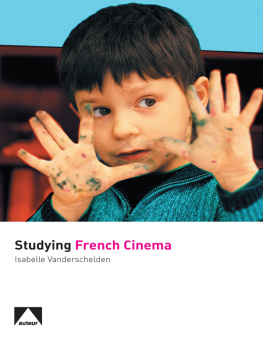


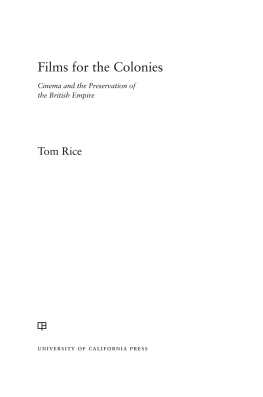
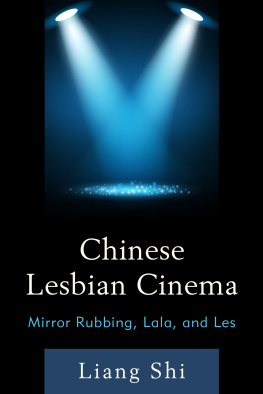
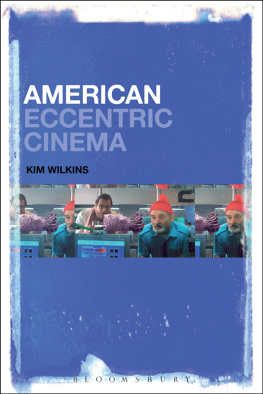
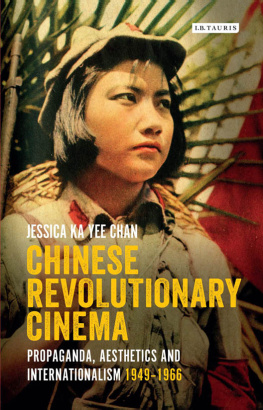
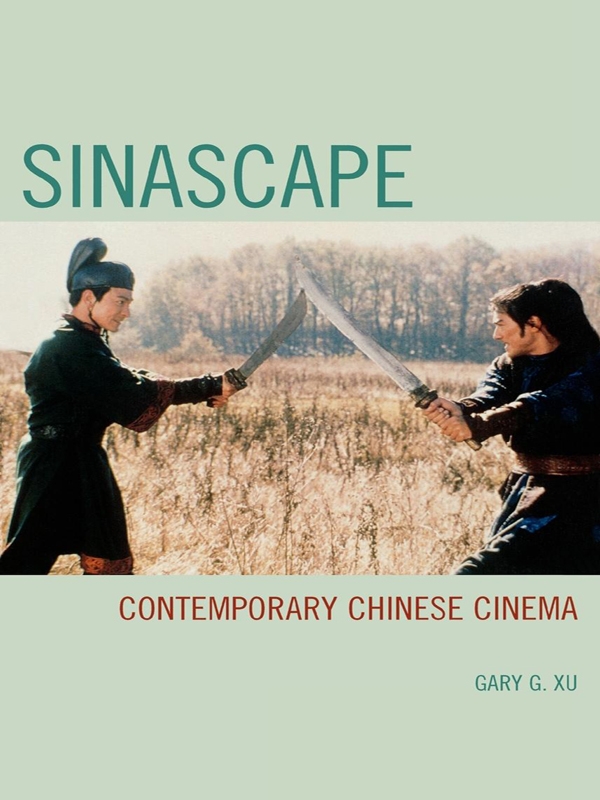

 has a PhD from Columbia University and is presently associate professor at the University of Illinois, Urbana-Champaign. He specializes in Chinese cinema, modern Chinese fiction, criticism, and interpretative theories. He is the editor of The Cross-Cultural iek Reader (Beijing University Press, 2006) and author of numerous articles.
has a PhD from Columbia University and is presently associate professor at the University of Illinois, Urbana-Champaign. He specializes in Chinese cinema, modern Chinese fiction, criticism, and interpretative theories. He is the editor of The Cross-Cultural iek Reader (Beijing University Press, 2006) and author of numerous articles.